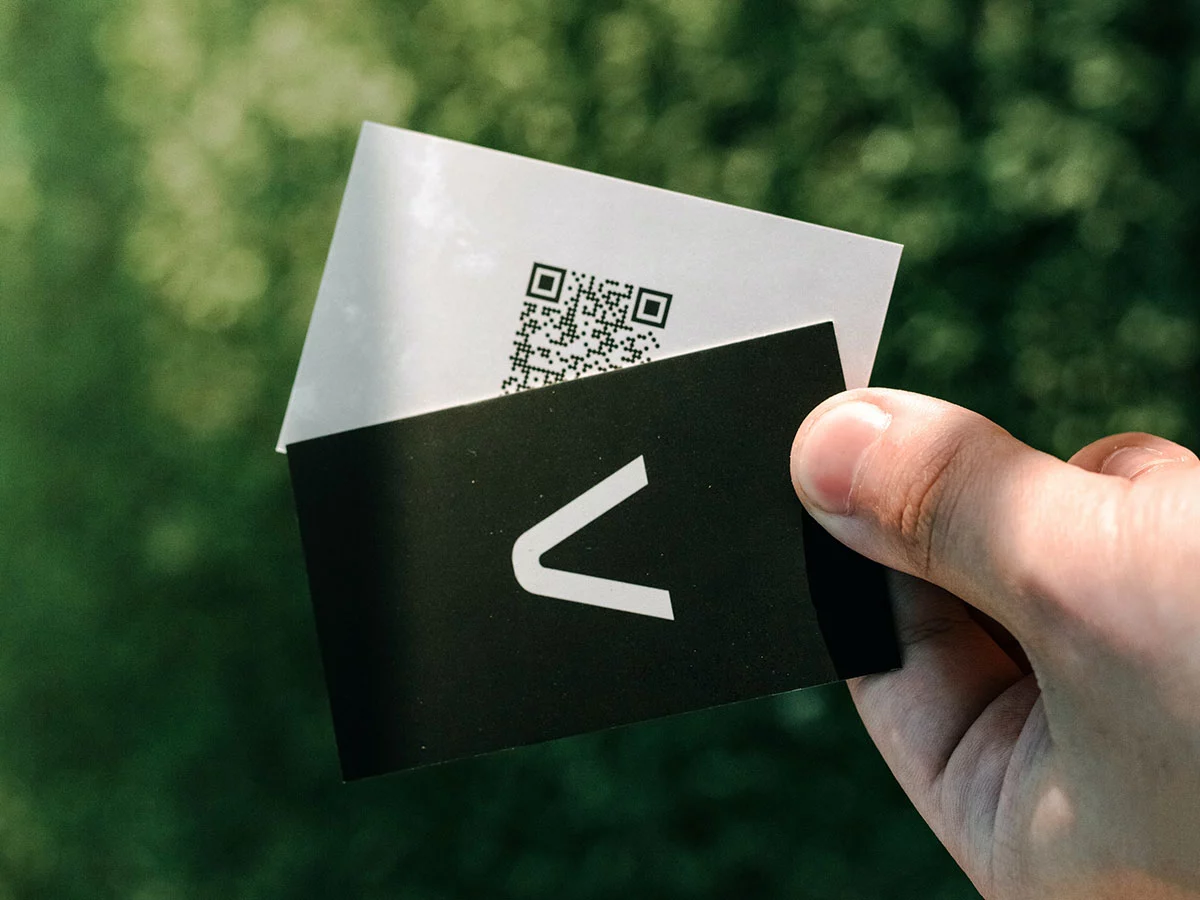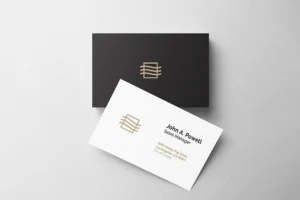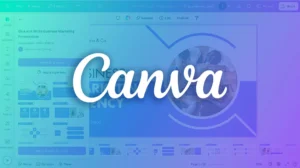Although email and texting have become commonplace, business cards are still valuable for many in-person encounters. There are still numerous fields where exchanging business cards at conferences is standard practice. It would help if you made yours stand out from the crowd because they are still in use. To network successfully, you need a business card that stands out from the crowd and grabs the attention of potential clients.
By implementing these few basic guidelines, you may increase the likelihood that your business card will accurately reflect your company and potential interest customers.
How to Create A Good Business Card Design
Always Think Of Your Customers
Most people spend time and effort making their digital business cards look professional. They can personalize the look to their liking by selecting their preferred color palette and typefaces.
Remember that the person who receives your card is its ultimate objective. They may be looking for something different than you would provide. Rather than making a card because it looks nice, you may make an impression by tailoring your message to the person you’ll be handing it to.
Remember that it is impossible to address all audience members at once. While making a universally appealing business card is tempting, this approach rarely succeeds.
Iconic Advertising In Business Card
Your business card’s branding, too, must be impeccable. We mean that your website, social media, and other promotional tools should all share a similar visual style, including the same color palette, logo, typefaces, and pictures. The result will be an immediate sense of familiarity on the part of your viewers (before they even spot your logo).
Shape yourself
It can be skipped if you’ve already settled on a standard, rectangular business card. But if you’re interested in exploring every potential avenue, even some unorthodox methods, keep reading.
Due to the decreasing cost and increasing quality of 3D printing, designers and artists now have more freedom to experiment with unconventional forms. Die-cutting is a method of mass printing that enables you to cut out any custom form.
Layout & Design
If we’re talking about first impressions, your business card mustn’t look like a poorly designed mess by making good use of the space available. It is essential to focus on details like spacing and alignment to accomplish this goal. Your content and images should be arranged in a way that is logical and aesthetically pleasant. Right-aligned text, for instance, indicates that it belongs to the right side of the card. Additionally, visuals and sounds should be memorable without becoming distracting.
Get some help from something reliable
Poorly made supports are an immediate giveaway. They lose their color or fold easily and are thrown away rapidly. Superior durability and a more satisfying weight in hand make for a more impressive first impression when using hefty card paper.
Card stock is the most cost-effective material for producing business cards. In contrast, if you’re feeling very inventive (and have the cash to spare), you may print on anything from translucent plastics to metal to wood to slate. Remember that a business card should fit easily in a wallet or a briefcase. You might save money by printing your business cards. On eBay, you may discover affordable letterpress kits that will allow you to turn any piece of card material into professional-looking business cards.
Make Sure Your Font Can Be Read In Business Card
Although quirky typefaces add personality, remember that you want your business card to be easily readable at a glance. Your business card’s typeface must be legible and not too small, overly fancy, or deformed. Keep the content on your business card brief and to the point, and let the logo do the talking.
Conclusion
There’s more to your business card design than just listing your contact information. You could say it reflects you and your company; as such, it’s essential to ensure your card’s design and concept remember this.
After attending a business event, attendees often return home with pockets full of business cards, the vast majority of which will never be glanced at again.










